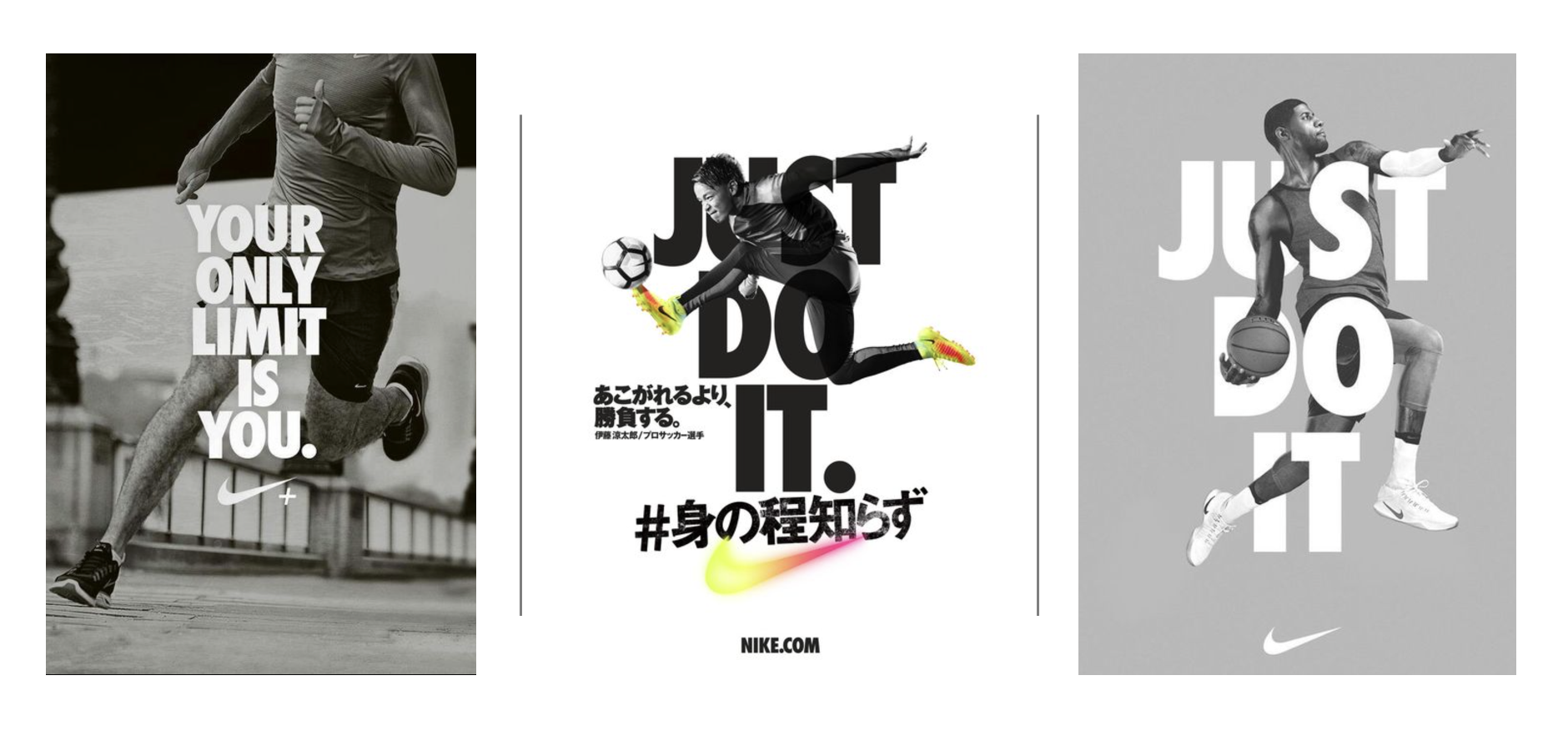Better Marketing
The Importance of a Positioning Statement for Your Businesses
A positioning statement is simply a short description of how your product or service meets the needs of your prospects better than anyone else.
We say ‘simply’ but that word doesn’t do it justice because it’s actually pretty central to everything you do and forms a crucial part of the marketing and sales strategy to ensure consistency of messaging across the spectrum of communication channels.
Your entire business should be aware of it too, and reference it as a guide to determine whether any new course of action is in line with the positioning, or not.
It serves to ensure everyone is singing from the same song sheet, and that’s why it’s important, because if you’re an SME trying to compete with some of the bigger players in the market – you need every advantage you can get your hands on!
So that’s what a positioning statement is, empirically, however what goes into creating and articulating it is a little more complicated – and it can be really challenging to arrive at for your own business.
Now if this is not something you’ve thought about very much in the past, don’t worry, most people don’t. They just keep their heads down building their business, striving to deliver a great service or product.
But there comes a time when you look up and realise the business just can’t seem to lift to the next level, no matter what. And it’s time to clarify some strategic fundamentals.
Your positioning is a great place to start, and in this article, we’re going to explain how to get one. But first of all..
What are the elements of a positioning statement?
Because this is marketing and not an exact science, you might find some variation of this out there, but the basics of a good positioning statement will cover the following:
- WHO IT’S FOR
- WHAT’S THE CATEGORY
- CUSTOMER BENEFIT
- KEY POINTS OF DIFFERENTIATION
- REASON TO BELIEVE
First of all define your target market and the category you’re operating in. The category can be as niche, or as broad as you like (though it’s easier to build and demonstrate expertise in a niche) but your target should be as tight as you can get it. And the tighter your target, the easier it is to define the benefit they receive from your product or service.
And that means your marketing expression can be more powerfully relevant. Not convinced? Let’s take a look at a famous example, and then – I promise – we’ll show you how to do this for your own business.
A great positioning statement example
First of all we’ll lay out the positioning statement for a massive global brand, and then the part you can action – where it can take you, even in a small business…
Nike – positioning statement
WHO IT’S FOR and WHAT’S THE CATEGORY:
For amateur and professional athletes, in need of high-quality and fashionable athletic wear…
BENEFIT and KEY POINTS OF DIFFERENTIATION:
… Nike provides the most advanced and stylish athletic clothes and shoes in the world, combining the highest quality materials and workmanship with the latest technology to help unleash your very best athletic performance whilst still looking great. Which means you’ll be motivated to use the product more.
REASON TO BELIEVE:
Our products are the expression of our commitment extensive testing with the world’s best (and most fashionable) athletes and our investment in the latest technologies.
Nike – where the positioning statement led them
So that’s a positioning statement for Nike, and although you’ve probably not seen anything like this in the public domain before, you’ll have seen the kinds of marketing that it leads to.
The marketing team, no doubt, realised that telling people “our shoes are made of the best material, with the latest technology so you’ll enjoy using them more” – whilst accurate – wasn’t exactly going to set the world on fire.
So they eventually boiled it down to a very short statement, “Just do it” (…and to Global domination!).
(By the way, although it is based on their positioning, clearly this catchcry doesn’t talk to an actual product feature. What it does do, however, is talk to an attitude, and that’s where the brand personality comes in – but that’s for a different post).
Are Nike’s THAT much better than Adidas? I don’t know, but does that tagline, informed by the internal positioning statement, resonate with their target audience? Absolutely. Job done.

So how do you develop a positioning statement for your business?
You need to do a bit of research first, and examine your market in a way that you might not have done since the business began, if at all. This is the approach.
Examine your customers
What do your customers really want in your particular field? What do they value above all else? With Nike, the essence was style and performance, which was delivered by the best materials, design and technology. How do you serve your customers?
Examine your competitors
What are they saying about themselves? Are they the quickest? The cheapest? The smartest? Are they saying anything at all? For example, how many times have you heard ‘It’s our people that make the difference’. Now it may very well be true, but if everyone’s saying it, how can that people be a difference?
The whole point of this exercise is to help your customers choose you, and to do that we need to differentiate you from your competitors, so look for some competitive clearspace so you can find something different to say.
Your business – through fresh eyes
Consider your business from a customer’s point of view, and try to keep a big picture view. Write down what you actually do, who it’s for, and why they should care, and if you can keep all of this to a few sentences, that’s perfect.
This is not nearly as easy as it sounds, and if you ask a variety of people in your business to do the same, you might get a variety of different answers – worth doing. Once you’ve narrowed it down, however, ask someone outside your industry too, in case you’re losing touch with people who don’t live and breathe widgets every day. Done? OK, now let’s start pulling it all altogether.
Time for a positioning map
(This is also known as a brand map, or perceptual map … sorry! We really should get everyone to agree on these terms!)
When you analyse your customer concerns, because they’re not just a homogenous blob of opinion there’s going to be some variety.
You’ll need to identify the most of meaningful elements that impact on customer decisions and place them onto a positioning map. If price is important, one axis will be cheap/expensive. Customer service? High touch/ low touch, perhaps. You might well create more than one map to explore different attributes of your product. Remember you’re looking for opportunities to move into clearspace vs competitors. Here’s an example that shows two ways of looking at sportswear.

Once you’ve done that, you can easily see if there are any areas not being serviced by your competitors. Yes? Perfect. What you’re looking for is a match between that ‘gap’, and what your business can legitimately offer the customer.
Now it may be something that you actually do, but have never really thought about that much, so you don’t even talk about. Or it may be something you don’t even do right now, but you could pretty easily from now on.
Whatever it is, now you’re closing in on a positioning for your business, and once you have that, you can use it to develop all kinds of creative marketing, and help differentiate from your competitors.
So there you go. Should be easy to develop your positioning statement now, no?
Sometimes it actually is, and it all falls into place beautifully, and sometimes it takes ages to refine, condense and even realise yourself what’s unique about your business.
However it turns out, you can be confident it’s worth it – your positioning statement is like a safe-harbour you’ll keep returning to.
If you need a hand, of course, we’d love to help. We can help you get to the clarity needed to create a positioning that will sustain your growth, and then help you to drive it from the Inside Out!
Give us a call or drop us a line and let’s chat.



